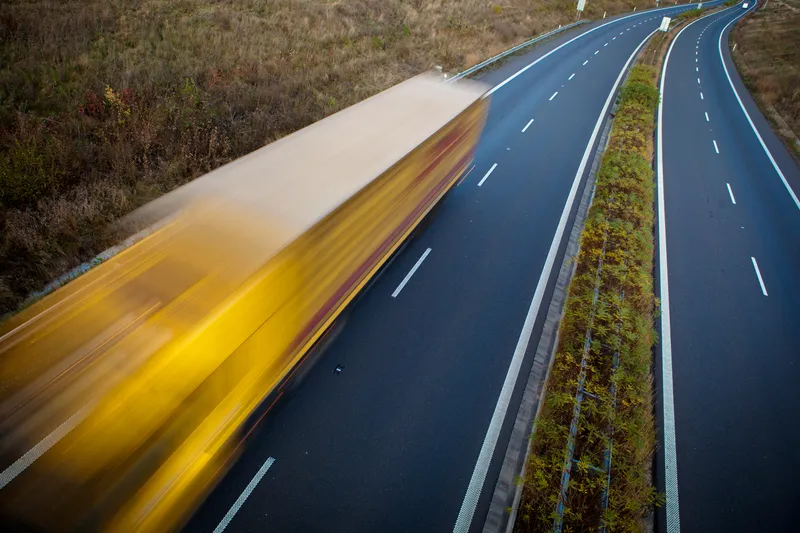Ford's rear inflatable seat belt has been named the '2011 Best New Technology' by the Automobile Journalists Association of Canada (AJAC) at the Canadian International Auto Show.
March 1, 2012
Read time: 1 min
Available initially on the all-new 2011 Ford Explorer, the rear inflatable seat belts work by spreading impact forces over five times more area than conventional seat belts, reducing pressure on the chest while helping to control head and neck motion. The inflatable seat belt functions like a standard seat belt in normal everyday use. The vehicle’s crash sensing system determines when the inflatable belt should deploy.









